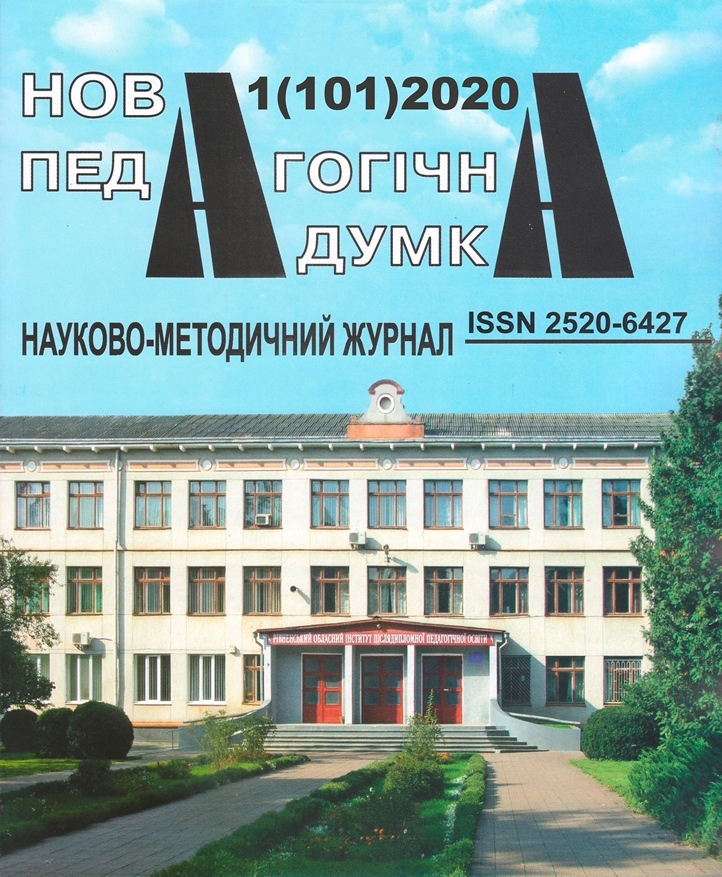YOUTH SLENG IN MODERN ENGLISH LEXICOLOGY
Abstract
The article analyzes the main problems of the development of youth slang in English lexicology. The basic approaches to the definition of the essence of the term «slang» are presented. Different types of youth slang are presented and a number of life situations in which young people use slang expressions are characterized.
The lexical composition of the English language, like any other language, contains a large number of slang entities that correspond to certain social and professional groups of people.
The variety of dialectisms, slangisms, etc., proves that language remains a dynamic, constantly evolving and evolving system. Slang has traditionally attracted the attention of domestic and foreign philologists due to the bright emotional and expressive coloring, conciseness and imagery of slangisms, the ability to constantly change the boundaries that divide it from the linguistic norm.
The study of these issues makes it possible to understand the tendency of language development in general, to look into its future, to show the problem of «language and its environment», which is important not only for social but also for «internal» linguistics.
Youth slang responds most vividly to all events in life. It picks up and reflects new phenomena, changes itself in the process of their transformation, and therefore has an effect on the use of spoken spoken language, which is communicating in everyday life, gradually displacing other vocabulary from use.
Youth slang in any language is the most interesting. It covers the basic interests of young people. Even as a person grows older, he continues to use slang expressions as a habit. So, the introduction of slang in older generation speech is ensured.
That is why the study of youth slang as an integral part of the national language is quite relevant.





